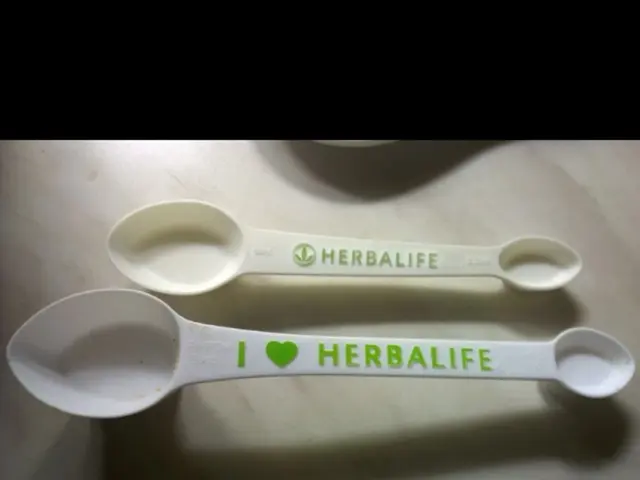A Slam-Dunk Guide on Peeling Boiled Eggs with Ease
Removing the Shell from Pre-Cooked Eggs
Peeling boiled eggs can be a manageable kitchen task, but it often ends up being a pain-in-the-neck. But worry no more, as scientists and egg enthusiasts have got your back! Here's a rundown of some nifty tips to ensure your next scramble or hard-boiled egg is a breeze.
Gauging Egg Freshness
You got it right; age matters! Fresh eggs can prove to be a pain to peel due to their smaller air chamber and lower pH in egg whites. As eggs age, they lose moisture, and the air chamber becomes larger, making the peeling process less of a hassle.
So, how do you check the freshness of an egg? Easy-peasy! Simply place it in a bowl of cold water:
- Fresh eggs sink to the bottom.
- Eggs about a week old float on their side.
- Eggs approximately two weeks old stand upright.
- Spoiled eggs float on top.
Let the Heat Do the Trick
Temperature is another critical factor that impacts the peeling process. Studies suggest that better results are obtained by dropping room-temperature eggs into rapidly boiling water and then gradually reducing the temperature to a simmer. This technique ensures that the protein doesn't stick to the membrane, making your peeling job a cinch.
The Magic of Additives
Salt, vinegar, and even baking soda can help elevate the peeling game. Salt not only affects the protein structure of egg whites but also creates osmotic effects that can facilitate water entry into the egg, enlarging the air cell and making peeling a breeze. Vinegar works by attacking the calcium carbonate in the eggshell, while baking soda can help dissolve the membrane from the shell due to its alkaline properties.
A Few More Tips
Heralding the end of the horror stories associated with peeling boiled eggs, here are a few more expert-backed tips:
- Plunge your cooked eggs in ice water after boiling them. This helps the egg contract, making peeling easier.
- Start peeling from the larger end of the egg, where the air cell is usually located.
- Peeling by tapping the egg gently against a flat surface can make it even simpler.
By merging these strategies, you will have an egg-cellent understanding of how to make the peeling process a breeze, turning breakfast prep into a delightful experience rather than a struggle!
Sources: ntv.de, hny, The Conversation
FoodScience
Community policies and health-and-wellness policies could implement guidelines to encourage proper egg storage and handling, ensuring a less difficult peeling process and promoting a healthier population. A well-rounded fitness-and-exercise, nutrition, and science education in schools and communities can empower individuals with the knowledge to prepare nutritious meals with confidence.






